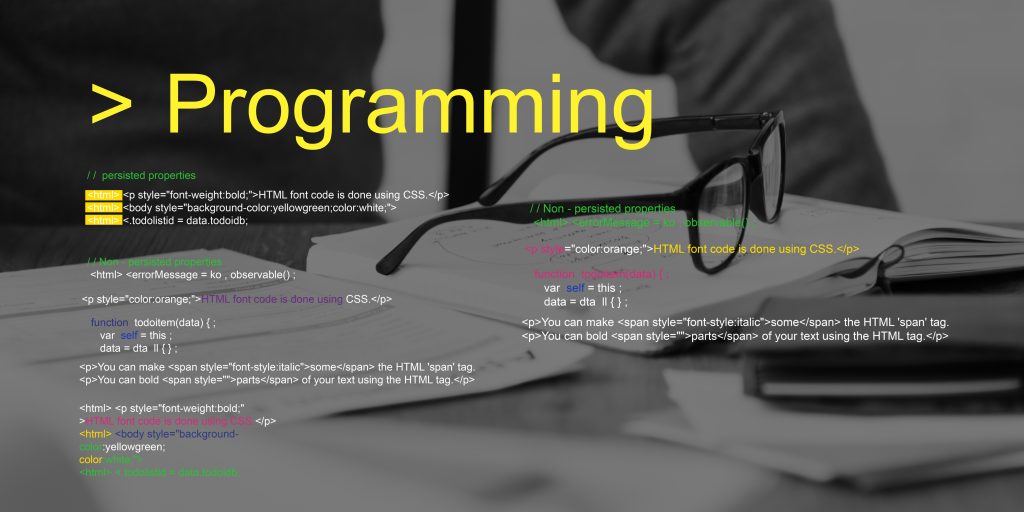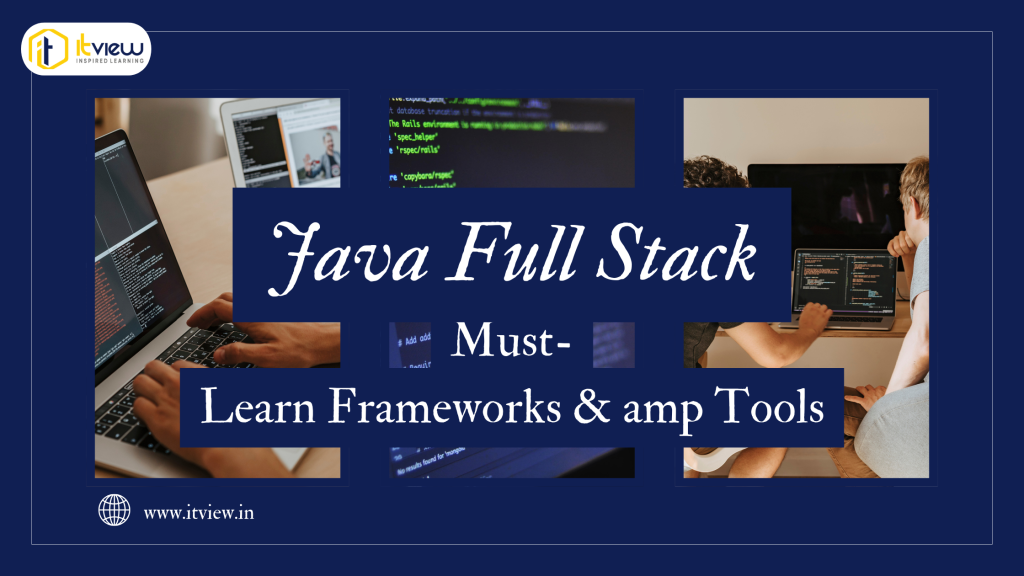In the fast-evolving world of software development, Java Full Stack remains a dominant force. Companies across industries rely on Java-based frameworks to build scalable, secure, and high-performance web applications.
If you’re in Pune and looking to master Java Full Stack Development, ITView offers a cutting-edge program that covers everything from backend logic to frontend interfaces.

What is Java Full Stack Development?
Java Full Stack Development refers to building end-to-end web applications using Java for the backend and modern frontend technologies like JavaScript, Angular, or React. A Full Stack Java Developer handles:
✔ Frontend (UI/UX) – What users see and interact with.
✔ Backend (Server Logic) – Business logic, databases, APIs.
✔ Database Management – Storing and retrieving data efficiently.
✔ DevOps & Deployment – CI/CD pipelines, cloud hosting.
Core Components of Java Full Stack
Layer -Technologies
Frontend -HTML, CSS, JavaScript, React, Angular, Thymeleaf
Backend-Java, Spring Boot, Hibernate, Microservices
Database-MySQL, PostgreSQL, MongoDB
DevOps -Docker, Kubernetes, Jenkins, AWS
What is Java Full Stack Used For?
Java Full Stack powers a wide range of applications:
- Enterprise Applications
Banking systems (e.g., HDFC, ICICI)
ERP solutions (e.g., SAP, Oracle) - E-Commerce Platforms
Amazon, Flipkart use Java + Spring Boot for backend stability. - Healthcare & FinTech
Secure patient portals, payment gateways. - Cloud-Based SaaS Products
Netflix, LinkedIn rely on Java + Microservices. - Government & Defense Systems
High-security applications requiring scalability & reliability.
Why is Java Full Stack So Popular in 2025?
- High Demand in the Job Market
1 Backend Language (TIOBE Index 2025).
Average Salary: ₹6-15 LPA (Freshers) | ₹15-30 LPA (Experienced).
- Strong Ecosystem & Frameworks
Spring Boot (Rapid backend development).
Hibernate (Efficient database management).
React/Angular (Modern frontend integration). - Scalability & Security
Java’s multi-threading & memory management make it ideal for high-traffic apps. - Cloud & Microservices Adoption
Companies shifting to cloud-native apps using Spring Cloud, Docker, Kubernetes.
How Does Java Full Stack Development Work?
Step 1: Frontend Development
Build UI using React/Angular + Bootstrap.
Connect to backend via REST APIs.
Step 2: Backend Development
Develop business logic using Spring Boot.
Secure APIs with JWT/OAuth.
Step 3: Database Integration
Use Hibernate/JPA for SQL databases.
MongoDB for NoSQL needs.
Step 4: Deployment & DevOps
Containerize apps with Docker.
Automate deployments using Jenkins/AWS.
Must-Learn Java Full Stack Frameworks & Tools in 2025
- Spring Boot
Why? Simplifies backend development with auto-configuration.
Use Case: REST APIs, Microservices. - Hibernate (JPA)
Why? Object-Relational Mapping (ORM) for efficient DB operations. - React.js / Angular
Why? Dominant frontend frameworks for dynamic UIs. - Docker & Kubernetes
Why? Essential for scalable cloud deployments. - Jenkins (CI/CD)
Why? Automates testing & deployment pipelines.
ITView’s Java Full Stack Developer Course in Pune
Why Choose ITView?
✅ Industry-Aligned Curriculum – Covers Spring Boot, React, Microservices, DevOps.
✅ Hands-On Projects – Build real-world apps like e-commerce platforms.
✅ Expert Mentors – Learn from 10+ year experienced professionals.
✅ Placement Support – Resume building, mock interviews, job referrals.
Course Modules
Core Java + OOPs
Spring Boot & REST APIs
Frontend (React/Angular)
Database (SQL + NoSQL)
DevOps (Docker, AWS, Jenkins)
Who Should Join?
Freshers (CS/IT graduates).
Working professionals upgrading skills.
Career switchers targeting high-paying IT jobs.
Basic programming knowledge helps, but we start from Core Java.
4-6 months (Weekend & weekday batches available).
Yes, a recognized certification upon completion.
Yes, live projects & internship opportunities.
Freshers: ₹5-9 LPA | Experienced: ₹10-20 LPA+.

